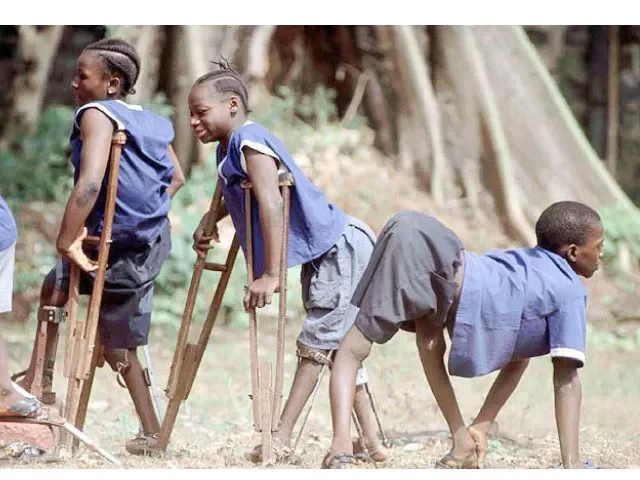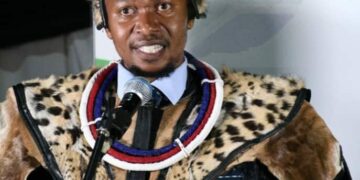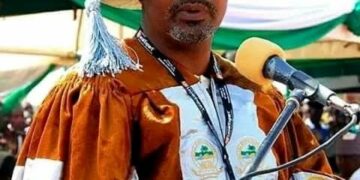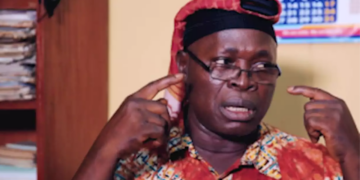The National Economic Council (NEC) has announced a 44 per cent reduction in polio cases across Nigeria, commending the progress recorded in the fight against the disease while urging state governments to sustain momentum and release funds to support ongoing immunisation campaigns nationwide.
Chairman of the NEC Ad-hoc Committee on Polio Eradication and Gombe State governor , Muhammad Inuwa Yahaya, disclosed this to State House correspondents after the council meeting presided over by Vice President Kashim Shettima at the Presidential Villa in Abuja on Thursday.
Governor Yahaya said since its inauguration, the Committee had convened four times between June and October 2025, strengthening political commitment and coordination among key partners and states.
He said epidemiological data showed continued progress, with cases of circulating Vaccine-Derived Poliovirus Type 2 (cVPV2) declining from 109 in 2024 to 61 in 2025 — a 44 per cent reduction.
He noted that some states recorded remarkable improvements during the period under review. “Kano and Katsina achieved major reductions in cases by 89 per cent and 88 per cent respectively,” Yahaya said. “However, Sokoto, Zamfara, and Kebbi reported new cases — eight, four, and two respectively — underscoring the need for sustained vigilance. Gombe State remains free of new infections.”
The Gombe State governor also highlighted significant gains from the recent In-Between Round Activities (IBRA), which strengthened outreach and vaccine coverage across the country.
According to him, settlements reach increased from 77 per cent in August to 97 per cent in September, while vaccination coverage in insecure areas reached 90 per cent across key states.
He further reported that the first phase of the National Integrated Campaign, launched by the First Lady of Nigeria, Senator Oluremi Tinubu, on 6th October 2025, was conducted in five high-burden states and achieved wide coverage.
“As of 12th October, 60 per cent of targeted settlements were reached, with 73 per cent of children vaccinated against polio and 57 per cent receiving measles-rubella vaccines,” he stated.
Governor Yahaya added that the second phase of the Integrated Campaign commenced on 18th October 2025 in Gombe State, with continued focus on combined immunisation against polio, measles-rubella, and malaria, alongside interventions against neglected tropical diseases.
He explained that the Integrated Campaign, which began nationwide on 6th October, was designed to provide a comprehensive health package across five northern states — Kano, Katsina, Kebbi, Sokoto, and Zamfara — where polio transmission risk remains highest.
Yahaya said the Council reaffirmed its commitment to the ongoing eradication drive and urged all states to promptly release funds to their respective health structures to ensure smooth implementation of immunisation activities.
“The Council emphasised the importance of sustaining momentum to reduce polio infection and spread, thereby safeguarding every Nigerian child,” he said.
In a related development, NEC received updates on other national issues, including fiscal balances and agricultural innovation initiatives.
The Council was briefed that as at October 2025, the Excess Crude Accountstood at $535,823.39, the Stabilization Account at ₦87,665,172,169.67, and the Natural Resources Account at ₦141,585,815,908.16.
NEC also received a presentation on the Katsina Sustainable Platform for Agriculture (KASPA) by the Senior Special Assistant to the President on Innovation, Nasir Yammama.
The model, he explained, leverages technology to empower smallholder farmers and improve the agricultural value chain through extension services, data-driven insights, and market linkages.
The Council commended the innovation and urged state governments to replicate the KASPA model as part of broader efforts to boost food security and rural productivity.
It further directed the Federal Ministry of Agriculture and Food Security to include in its 2026 budget the establishment of agriculture data and control centres in each of the six geopolitical zones.





